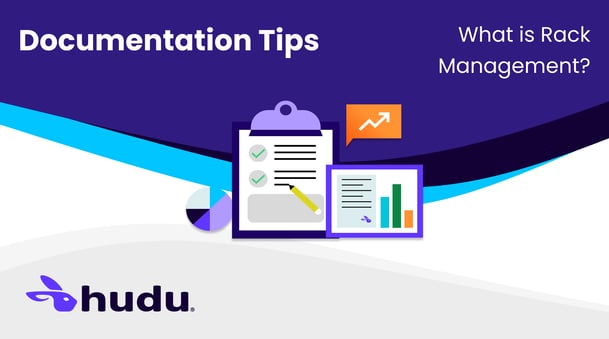

In any data-driven IT environment - whether it’s a small MSP or a sprawling enterprise - your infrastructure is only as good as your ability to manage it. One often overlooked (but essential) component? The server rack.
Let’s break down what server rack management is, why it matters, and how tools, QR codes, and automation are transforming the way IT teams stay organized.
What is Server Rack Management?
Server rack management refers to the organization, documentation, and maintenance of physical IT equipment housed in server racks. That includes not just servers, but also switches, patch panels, routers, UPS devices, and even blanking panels.
Effective rack management ensures that:
- Equipment is physically organized for optimal airflow and space usage
- Power and cabling are labeled and routed cleanly
- Technicians know exactly what’s in the rack without opening a dozen PDF files or tracking down a spreadsheet
It’s the difference between a clean, functional rack and a tangle of mystery cables and unlabeled boxes.
Why does Rack Management Matter?
Poor rack management isn’t just an eyesore, it can lead to:
- Longer troubleshooting times. If your team has to trace physical connections or guess what’s where, tickets take longer.
- Increased downtime. Mistakes during swaps or installs become more likely without clear documentation.
- Inefficient use of space and cooling. Overcrowded or poorly laid-out racks restrict airflow and waste valuable rack units (U).
On the flip side, good rack management saves time, reduces risk, and extends the life of your hardware.
What is a Rack Management tool?
A rack management tool is software that helps you visualize, document, and manage what’s in each rack. Instead of relying on whiteboards, Visio diagrams, or inconsistent spreadsheets, these tools let you:
- Create visual diagrams of each rack
- Assign devices to exact rack units
- Attach key metadata like serial numbers, warranties, and power usage
- Connect related assets (like patch panels or upstream switches)
- Track changes and add notes during installs or swaps
By moving beyond manual tracking, a rack management tool provides IT teams with clear, detailed, and up-to-date visual documentation.
Rack QR Codes: Speed meets accuracy
Tired of walking up to a rack and wondering, “What is this thing?” QR codes eliminate the guesswork.
By applying a QR code to each rack (or even each device), techs can scan with their phone or tablet and instantly access:
- The device’s documentation
- Rack layout views
- Linked credentials, passwords or other related information
- Change history
It’s a small touch that makes a huge difference, especially in fast-paced environments or when onboarding new team members.
Rack Management + Automation
Manual documentation leads to missed updates, especially when racks change frequently. That’s where automation comes in.
- Populate device information
- Flag unregistered equipment
- Alert you to unused or overused rack space
- Track changes over time for auditing
Some teams even pair automation with APIs to sync rack data across platforms - like documentation tools, asset systems, or ticketing software.
How Hudu helps
Server rack management may not be flashy, but it’s foundational. A well-managed rack saves hours in troubleshooting, keeps your documentation aligned with reality, and helps every technician move faster and smarter.
That’s why Hudu includes built-in rack management, designed to bring structure and clarity to your physical infrastructure - right alongside your processes, passwords, assets, and documentation.
With Hudu, your team can:
- Build interactive rack diagrams across clients, with device placements down to the exact U-space
- Document hardware details like serial numbers, warranty dates, and power draw
- Show connections between devices, patch panels, and upstream infrastructure for full context
- Add real-time notes during installations or hardware swaps to keep everyone in the loop
- Use rack or device-level QR codes to instantly pull up documentation, layouts, passwords, and revision history with your camera
- Keep everything linked - devices, network zones, credentials, and supporting documents
- Sync rack data automatically from external systems using integrations or API connections
- Identify unused rack space, flag unknown devices, and maintain a reliable audit trail without the manual effort
- Access your data anywhere. Keep Hudu with you via mobile/tablet, or print a visual of the rack to carry it with you
All in one unified platform with no extra tools or messy spreadsheets required.
More from Hudu...
View All PostsSubscribe to Our Blog
Stay up-to-date on all Hudu happenings including releases and articles.


